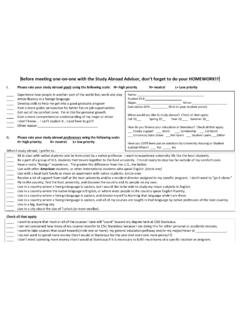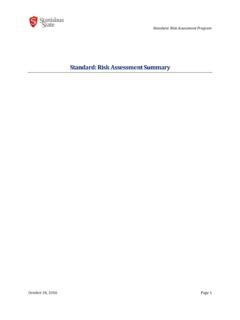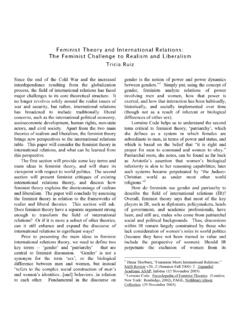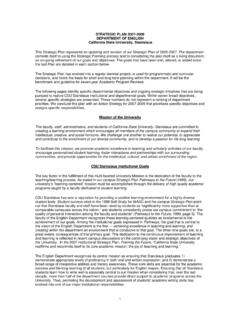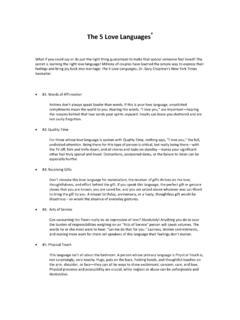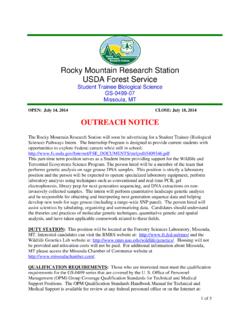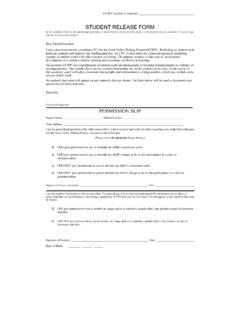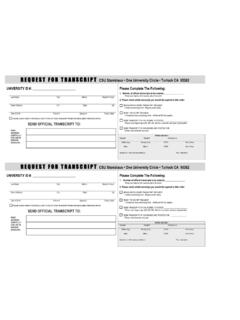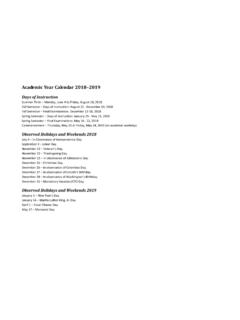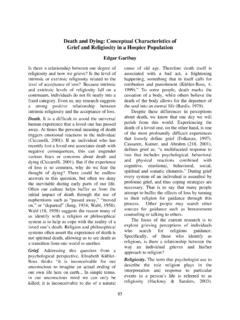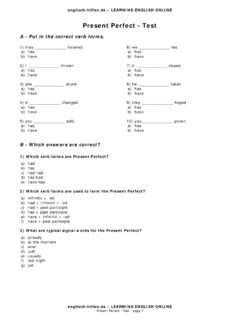Transcription of Dr. John Wittman CSU Stanislaus The Forgetting Curve
1 Dr. John Wittman CSU Stanislaus The Forgetting Curve Hermann Ebbinghaus (1850-1909) was a German psychologist who founded the experimental psychology of memory. Ebbinghaus research was groundbreaking at the time, and his work (though he was not a proliferate writer) was generally well received. In recognition of his work in psychology, the Forgetting Curve the loss of learned information is sometimes referred to as the Ebbinghaus Forgetting Curve . The graph on the left shows the process by which Forgetting occurs. According to this research, people tend to forget rather quickly after learning material then Forgetting slowly levels out.
2 The implications of this for college students is obvious a day or two after attending class or reading a chapter or article, students will have forgotten approximately 75% of what was learned. Moreover, most of that Forgetting happens within the first hour. However, although the Forgetting Curve is a natural process, the process itself can be disrupted. That is, although it is natural for people to forget much of what they have learned immediately following an experience, simple processes can be used to slow down Forgetting and to help us retain much of the information we will need to recall at a later date (such as test time).
3 Take, for example, the chart on the right. The green line shows the hypothetical place where the Forgetting Curve would start if we had the ability to remember everything after a lecture. The blue line shows where the Forgetting Curve actually starts around 75%. Now take a look at the red line. This line shows a dramatic increase in memory if students review material. Unfortunately, it also shows that without additional intervention one day after material is learned content is lost, and one week after, recall is almost as if the review never happened at all. 2 So is there a way to maintain the initial recall after review?
4 Yes, you simply have to keep at it. While an initial review of material will help you remember in the short term, reviewing material multiple times and at different intervals will help you retain it for much longer. The chart on the left shows how review affects memory. You can see that every time you review material you both retain much more information, and your Forgetting Curve steadies out at a much higher level. Each time you review material you take much more away. Research indicates that the minimum amount of review is three. Advice on Review Much of college life is about being accountable for the ideas you learn as a student.
5 In order to be accountable, you have to be able to retain and recall information when you need it. Sometimes that recall will be for tests, sometimes for conducting research, and other times for writing. Whether you need to recall information from a lecture, from a textbook you read for class, or from research you have done on your own, most students find it much easier to recall information when they have reviewed material systematically. Below is advice about how to review. The first thing you have to do is to take well-crafted notes on material this includes anything you want to remember well such as a lecture, a chapter from a textbook, an article from the library, etc.
6 Without something to review from, reviewing would be impossible (taking notes will be covered in another assignment). Right after class has ended or you have finished reading something, make a plan to review the material. Remember, don t wait too long before your first review. Try to review within at least an hour. It s good to take the opportunity on your first review to organize notes. You can synthesize or expand ideas as you see fit or type your notes in something like Google Docs so you have easy access to them whatever you think will make it easier for you to keep at it.
7 One week later, review again and test yourself on your recall. This will tell you how effective your review is. A few weeks to a month later, review and test yourself again. Reviewing information three times should give you a good start at overcoming the Forgetting Curve . As you mature as a college student, you may find that other methods work a little better for you, so you are encouraged to experiment. And, finally, always keep in mind that recall isn t just about doing well on tests. Much of the information you learn in college will be useful to you for years to come.
8
